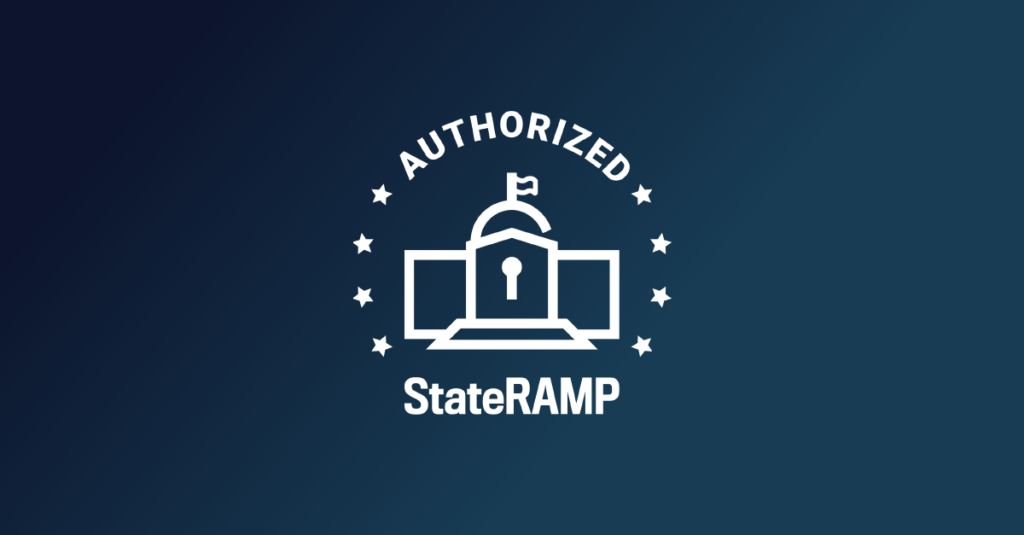Configurable, Customizable, COTS: Finding the Right Software for Your Agency
Kevin Fray | 19 April 2018 | 4 minute read
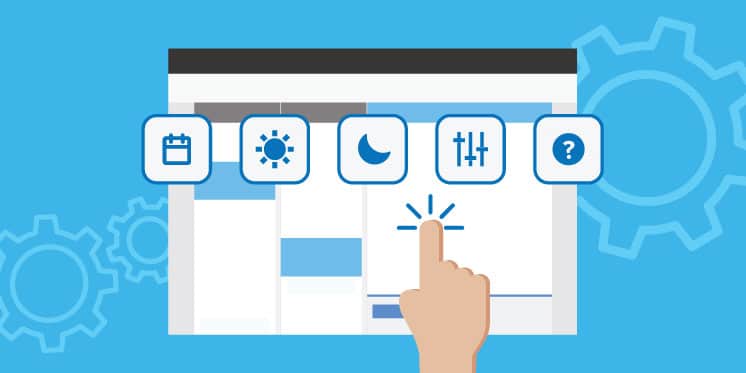
If you’re shopping around for new software, you’ve most likely heard certain applications or features described as “configurable,” “customizable,” and “commercial off-the-shelf.” These terms are thrown around a lot but aren’t interchangeable, so it’s important to understand what method works best for your agency before you start any procurement process.
When comparing different approaches to software development, it helps to imagine them along a spectrum. Customization and commercial-off-the-shelf (COTS) present the most extreme approaches to development and implementation, while configurable fits nicely in the middle, pulling certain characteristics from both ends.
That said, each method has its own benefits and drawbacks. Let’s dig into the details.
Commercial Off-the-Shelf Software
Like the name implies, COTS software is built and delivered to customers right ‘off-the-shelf’ or ‘out-of-the-box.’ Because of its rigid development framework, agencies with COTS software are likely to spend significant time on user training and change management in order to adapt to the new workflows dictated by the software. However, the system’s established workflows also probably mean that technical support materials are readily available for your agency’s IT and system administrators. When it comes time for a system update, COTS vendors typically wait to push new features until they are relevant to a critical mass of their existing or potential customers.
Customizable Software
At the other end of the spectrum, customizable software is software built within a complex framework to support the sole needs of a specific customer. Agencies looking to find a solution that performs every workflow or task in a specific way would benefit from customizable development. While this process involves significant design and engineering time up front, training and change management would likely be less of a burden during the transition. However, the time-savings on training and support likely don’t outweigh the large amount of expertise, money, and effort required to develop the software in the first place. With the agency taking the lead, future updates are also dependent on the agency’s readiness to invest in innovation and change.
Configurable Software
In the middle, configurable software is built on a flexible development framework. Similar to COTS, agencies receive a base framework that dictates certain workflows, but like customizable applications, agencies are also able to “configure” various features to meet their specific needs. As agencies transition from old to new, more time will be spent up front determining each configuration and potentially amending current processes. However, when the new system can be configured with your department’s terminology, it will likely reduce training time. Configurable software vendors will push updates in line with industry standards and customer demand, but also give agencies the abilities to flag these updates on or off until they are ready to implement.
Why Configurability is the Right Choice for Public Safety
From my experience working with police departments and 911 centers, I’ve found that public safety agencies of all sizes typically want to be in the middle of the software development spectrum. They are looking to transition to something that isn’t too unfamiliar, while still making sure they pick a solution that pushes positive change and innovation in their day-to-day practices. Here are a few benefits and recent examples from the agencies I’ve worked with at Mark43:
Flexibility
When you’re planning to launch a new system, there is no way a system admin could predict every field you’ll need or want to collect. Besides changes in regulations and requirements, lots of crime data collection happens on the fly. System admins should have the flexibility to add or remove a field based on short or long-term priorities. For example, Washington, D.C. MPD added a checkbox field for the 2017 Inauguration to their reports, which helped crime analysts quickly search and pull all incidents and arrests that occurred during the event.
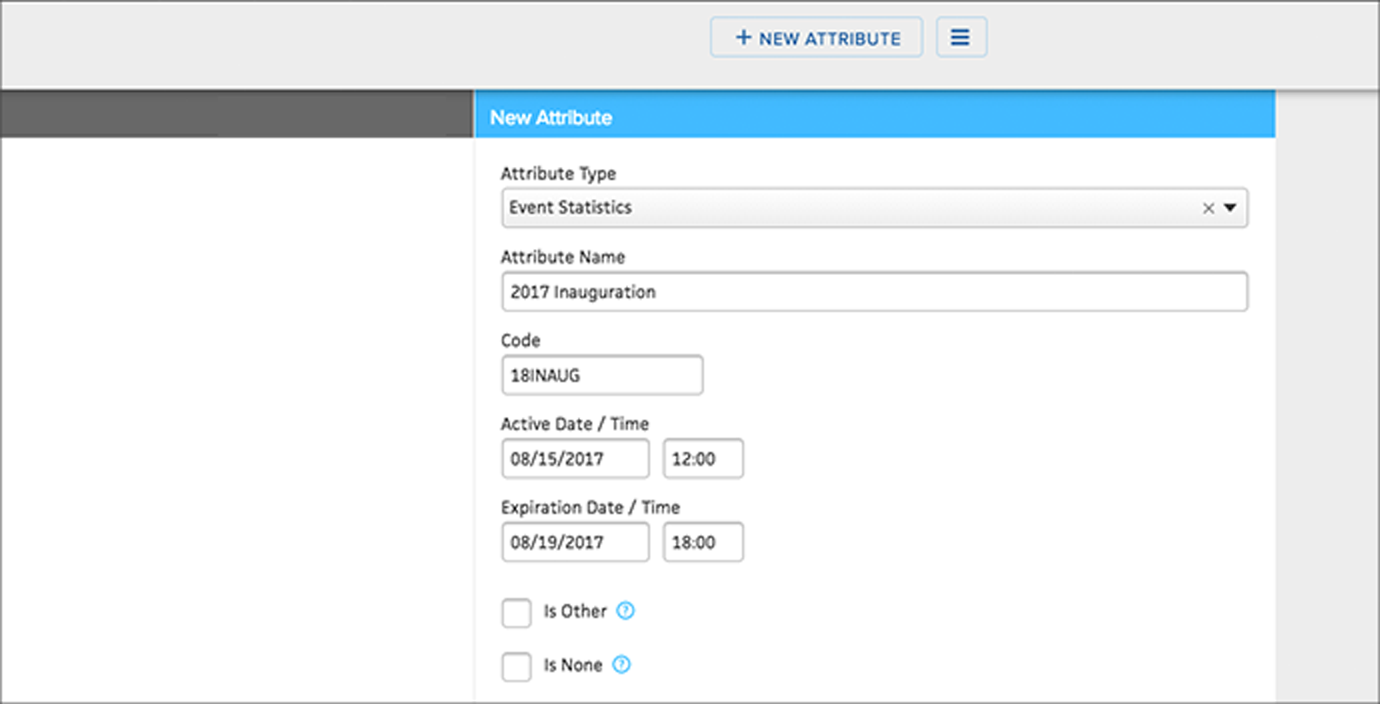
Configure fields to track crime related to local events.
Efficiency
Training session time can be a massive drain on agency resources during the transition to a new system. Configurable software gives agencies the ability to preserve their existing terminology, so officers and dispatchers don’t need to learn new lingo as they adjust to their new tools. Camden County Police Department relabeled unit status and call signs in Mark43 CAD so dispatchers and first responders could maintain quick situational awareness of available units without extra training.
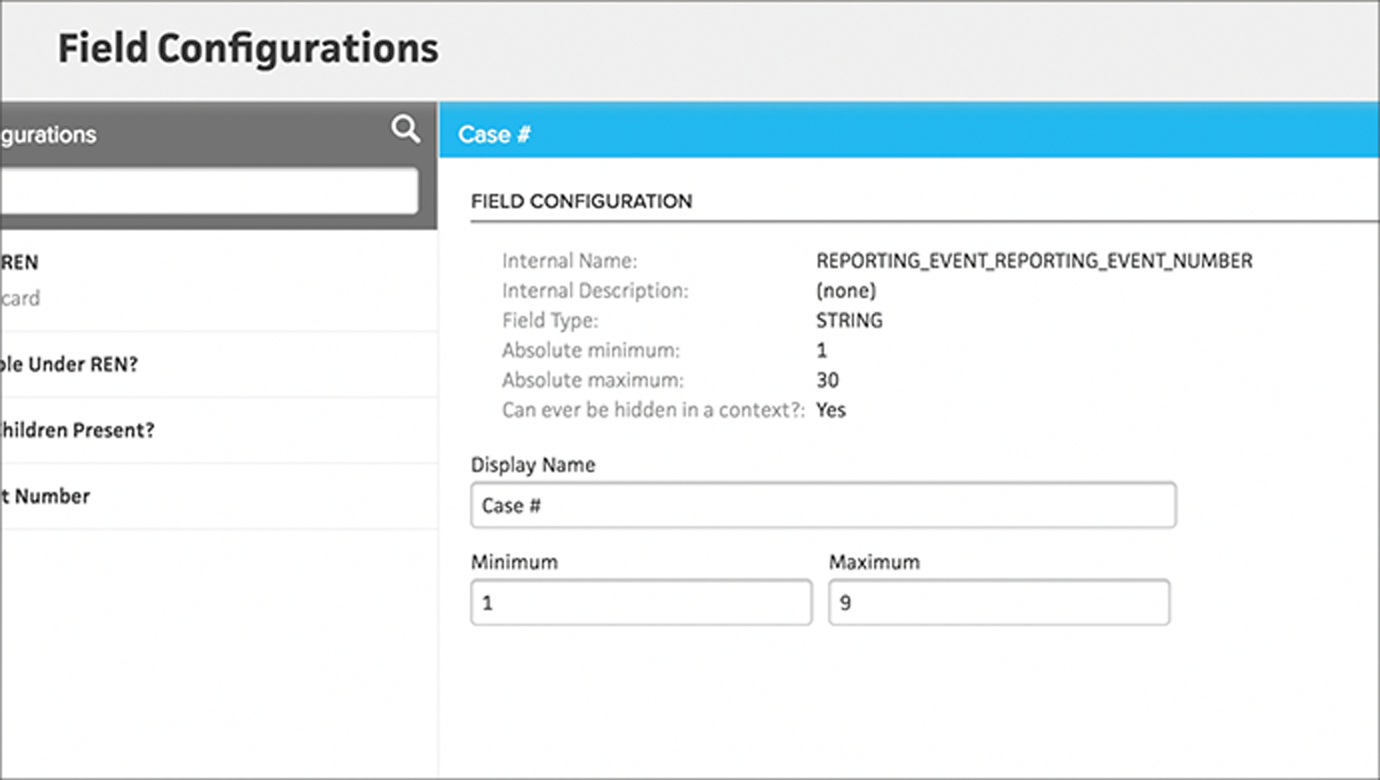
Configure fields to display your agency’s terminology.
Ownership
RMS and CAD systems handle extremely sensitive data, but there are times when agencies need to share that data with the courts or neighboring jurisdictions. With Mark43 RMS, agencies like MPD have also created configurable user roles or groups that determine the permission level for certain kinds of information. District Attorneys, for example, can access a non-editable, finalized view of their crime reports. Local university police departments can search and view MPD-originated master person profiles of “frequent flyers” that may cross into their jurisdiction. These groups and their specific permissions can be adjusted as needed over time.
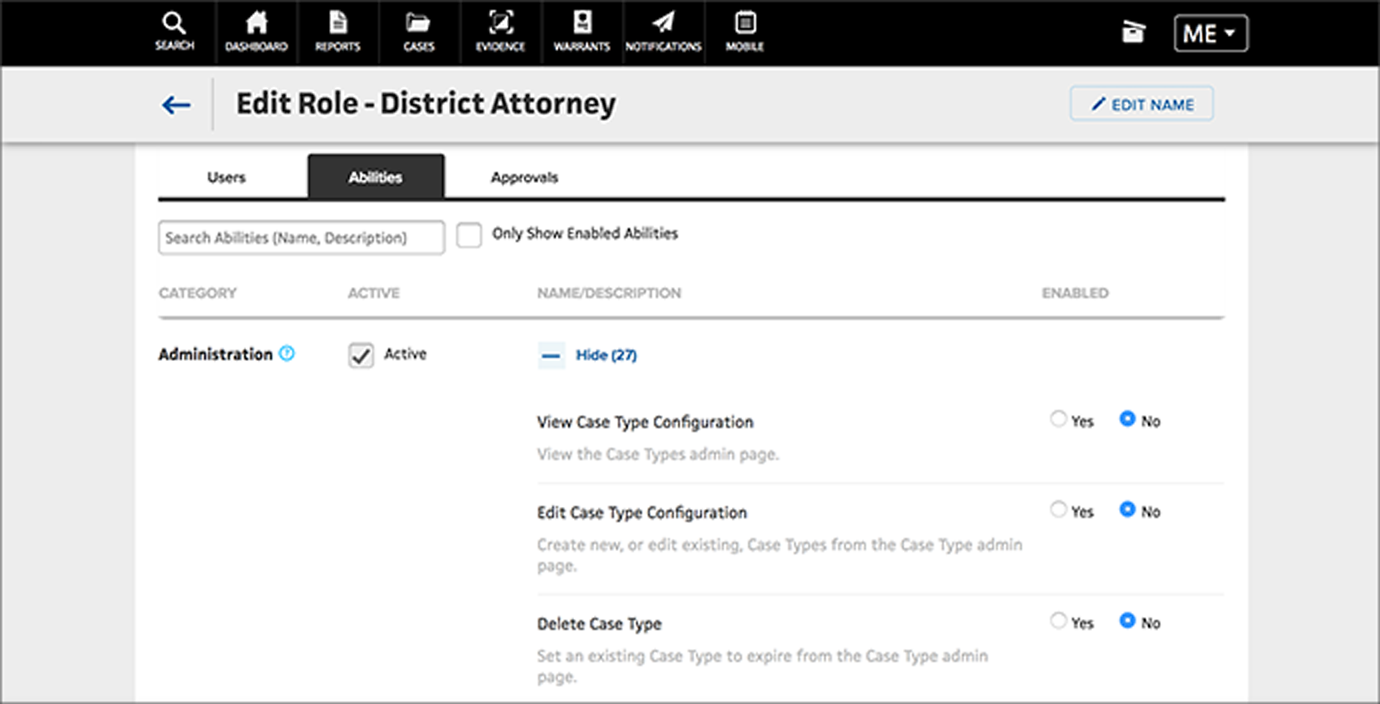
Configure permissions for user roles.
These benefits are only a few examples of why a configurable solution might be the best fit for your agency. During any software procurement process, agency leadership should weigh the pros and cons of how a particular development method impacts your implementation, day-to-day operations, and most importantly, your ability to keep pace with future innovation in the rest of the industry. Ultimately, it’s up to your agency to decide.
Kevin Fray is a Lead Solutions Architect at Mark43. In his role, Kevin meets with departments to understand their technical requirements for RMS and CAD software, helping them determine the right solution for their data management processes. He recently hosted a webinar on configurability, How Configurable Software Makes Police Work Easier.




